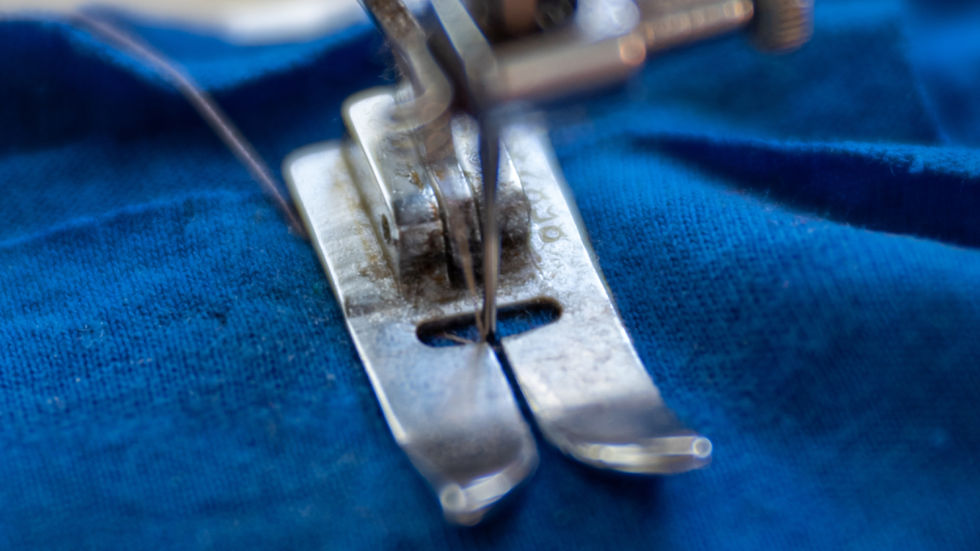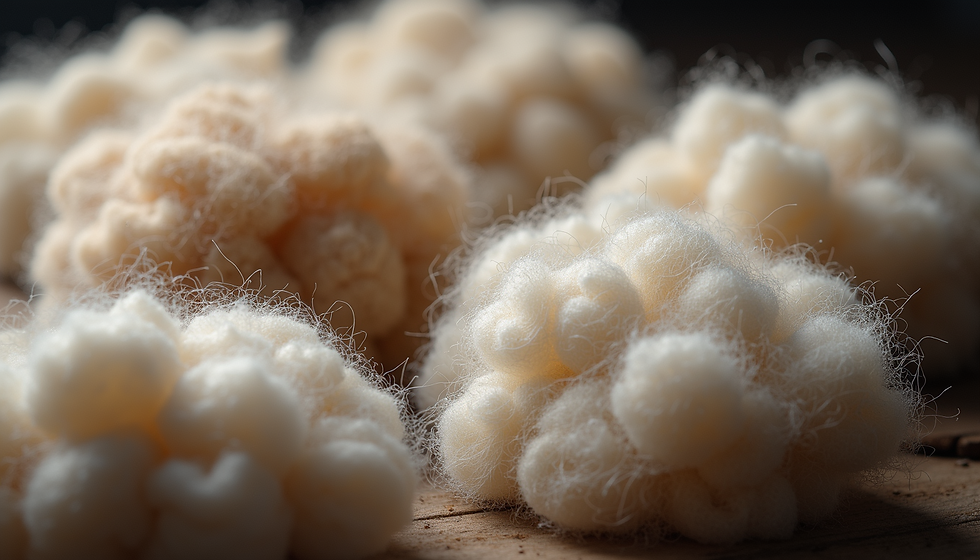Top 7 Tips for Finding the Perfect Sweater Factory: A Practical Guide for Fashion Brands
- charlottegao1
- Jul 1
- 3 min read

How to find a sweater factory
Finding the right sweater factory can be a challenge—even for experienced fashion brands. Sweater production requires more than just sewing; it demands technical knowledge of yarns, gauges, finishing, and a consistent commitment to quality. Whether you’re launching a new knitwear line or looking to switch suppliers, the following seven tips will help you identify the right manufacturing partner for your needs.
1. Choose a Factory That Specializes in Knitwear

Sweaters aren’t just another garment—they are built stitch by stitch, on flatbed knitting machines, in gauges ranging from 3 to 16. A factory that specializes in knitwear will understand fabric behavior, tension control, and finishing techniques specific to sweaters. When vetting potential partners, ask to see a wide range of previous work: classic pullovers, cardigans, sweater dresses, and even ribbed vests or co-ords.
For example, some manufacturers in Dongguan—like Cheng One Knitting—work exclusively on sweaters, offering OEM and ODM services to brands in Europe and North America. Their dedicated focus allows for tighter quality control and a deeper understanding of knitwear construction.
2. Check Sampling Efficiency and Minimum Order Flexibility
Sampling is where production starts—and where many relationships fall apart. If a factory takes over a month to develop your prototype, you’ll struggle to keep up with your design calendar. A reliable factory should be able to deliver samples within 5–10 working days, and be willing to work with small quantities during your development phase.
Factories like Cheng One Knitting offer both quick turnaround samples and low MOQs (as low as 100 pieces per style), giving brands more agility, especially in early-stage product testing or capsule launches.
3. Ask About Yarn Options and Material Sourcing
The quality of your sweater begins with the yarn. If sustainability is a priority, check whether the factory can source organic cotton, recycled polyester, RWS wool, or yarns certified under OEKO-TEX or GOTS standards. Beyond just sourcing, it’s also important to know if the factory can guide you on appropriate yarn choices for your intended design—especially when it comes to weight, gauge, and hand feel.
A seasoned knitwear factory will be able to offer swatch books, test shrinkage rates, and match your price range with fiber compositions that meet both technical and aesthetic needs.
4. Evaluate Craftsmanship and Finishing Quality
Examine real physical samples when possible—not just digital lookbooks. Pay attention to neckline clean finish, sleeve setting, linking smoothness, and rib recovery. A well-made sweater should hold its shape, feel balanced in weight, and show even tension across stitches.
Factories that use modern computerized knitting machines combined with manual inspection—like many based in Guangdong—tend to produce more consistent outcomes. Ask about their QA checkpoints: are there inspections after knitting, after linking, and post-washing?
5. Understand the Factory’s Production Setup and Scale
Before committing, make sure the factory’s production scale matches your growth plans. Some brands need a nimble partner for short runs; others may need support for larger bulk orders down the line. Find out how many knitting machines they have, what gauges they offer, and whether processes like washing, pressing, and packaging are handled in-house or outsourced.
A well-organized mid-size factory, such as Cheng One Knitting, often provides the ideal balance: structured enough for reliability, flexible enough to respond quickly, and still hands-on with quality control.
6. Prioritize Communication and Project Management
Efficient communication can make or break your timeline. Is there a dedicated merchandiser or account manager who understands your tech packs and timelines? Can they keep you updated with status reports, sample photos, and clear responses?
Many international brands prefer working with factories where the staff are fluent in English and have experience managing Western clients’ expectations. It’s not just about language—it’s about proactive, transparent problem-solving.
7. Look for a Factory That Thinks Long-Term
The best manufacturing relationships are partnerships, not transactions. A good factory will want to grow with you—offering not just manufacturing, but suggestions, honest feedback, and technical advice. They’ll help you avoid costly mistakes and flag potential risks early.
Ask how long their typical clients stay with them. At Cheng One Knitting, for example, many clients return for seasonal reorders and ongoing collections year after year—not just because of quality, but because of trust and adaptability.
Final Thoughts
There’s no perfect factory—only a good fit for your brand’s needs, values, and stage of growth. Choosing a sweater manufacturer requires due diligence across sampling, materials, communication, and long-term alignment. Take time to visit if possible, or at least review their processes and product range closely.
The right partner won’t just produce your sweaters—they’ll help you build a more resilient supply chain, a better product, and a more trusted brand.



Comments